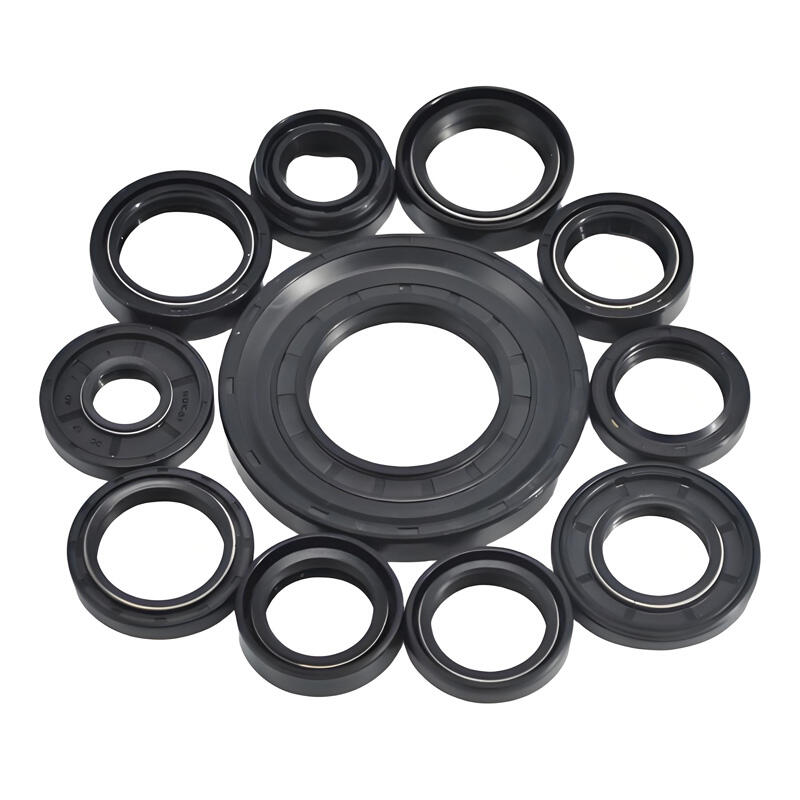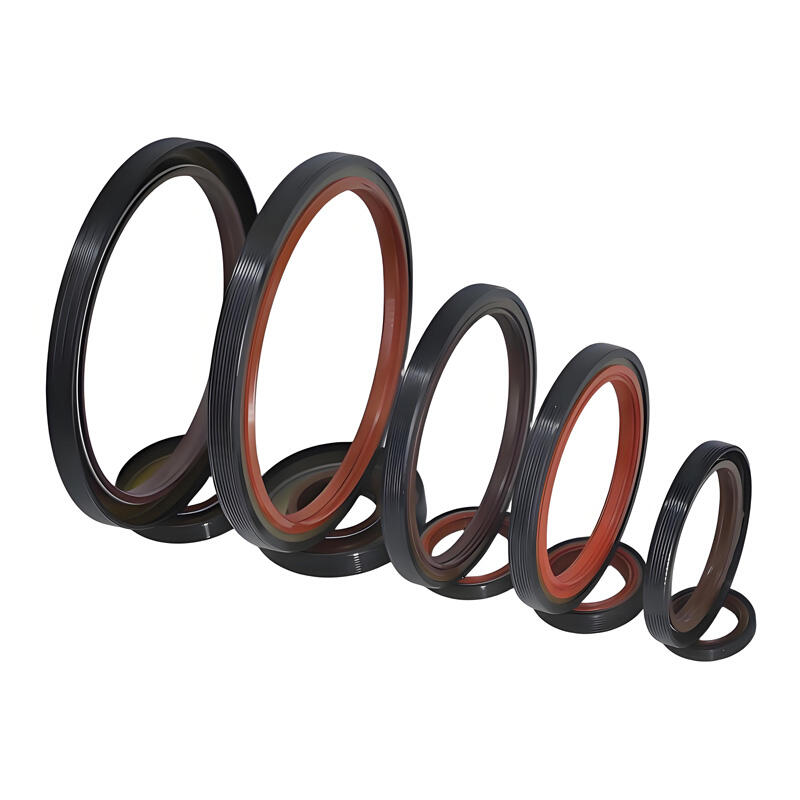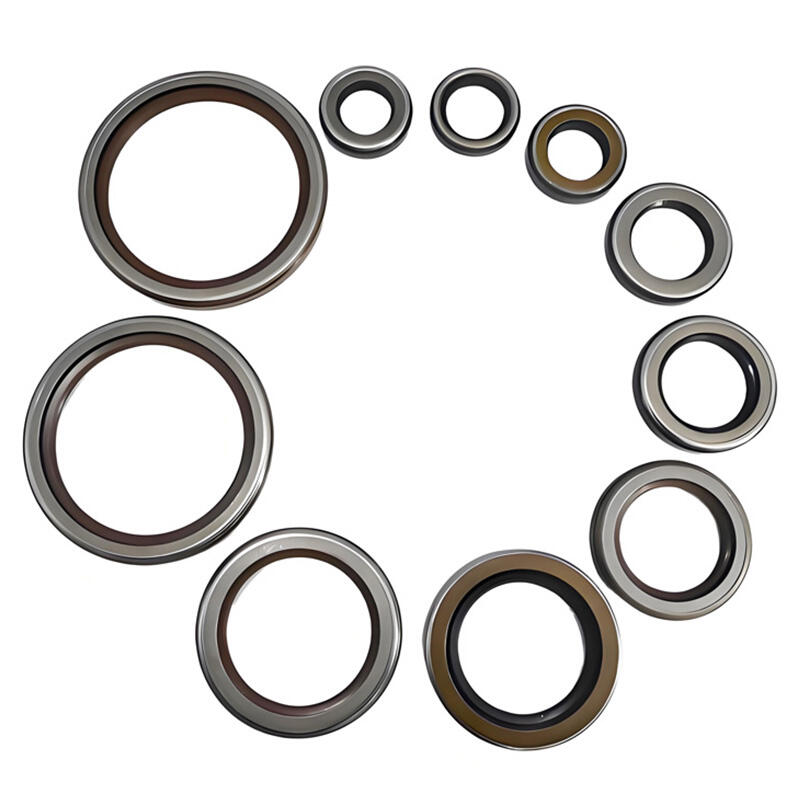car o ring
A car O-ring is a critical mechanical seal that plays a vital role in automotive systems. These circular rubber gaskets are designed to create airtight and watertight seals between two or more parts in various vehicle components. Typically manufactured from elastomeric materials, car O-rings prevent leakage of fluids and gases while maintaining pressure in crucial systems such as engine, transmission, and fuel delivery components. The unique design features a donut-shaped cross-section that, when compressed, creates an effective seal by filling the space between mating surfaces. These seals are engineered to withstand extreme temperatures, pressure variations, and exposure to various automotive fluids, including oil, fuel, and coolant. The versatility of car O-rings makes them indispensable in modern vehicles, where they can be found in power steering systems, air conditioning units, brake systems, and fuel injection components. Their reliability and effectiveness are enhanced through precise manufacturing processes that ensure consistent dimensions and material quality, contributing to the overall performance and longevity of automotive systems.


